Sony Burano: Unveiling the Ultimate Cinema Camera
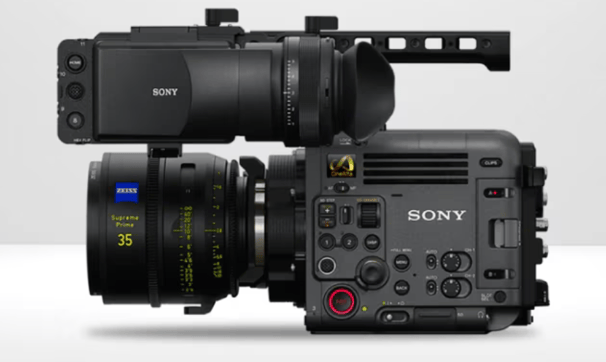

When it comes to cinema cameras, there are several contenders in the market, each with its own set of features and capabilities. Among these options, the Sony Burano emerges as a standout choice for filmmakers seeking excellence in their craft. In this article, we'll delve into the reasons why the Sony Burano is considered the best option for a cinema camera.
nparalleled Image Quality
The Sony Burano boasts a cutting-edge sensor and image processing technology, delivering unparalleled image quality. With its high-resolution sensor and advanced color science, it captures every detail and nuance, providing filmmakers with a cinematic look that rivals even the most prestigious film cameras.
Superior Low-Light Performance
Filmmaking often takes place in challenging lighting conditions, and the Burano excels in low-light situations. Its high sensitivity and impressive dynamic range allow for stunning shots in low-light environments without compromising image quality. Whether you're shooting a moody night scene or a dimly lit interior, the Burano delivers exceptional results.
Versatile Lens Compatibility
The Burano's interchangeable lens system offers incredible versatility. It is compatible with a wide range of high-quality cinema lenses, giving filmmakers the flexibility to achieve various looks and styles. From wide-angle shots to telephoto compositions, the Burano adapts to your creative vision effortlessly.
Robust Build and Ergonomics
A cinema camera should be reliable and easy to use on set. The Sony Burano's robust build and user-friendly ergonomics make it an ideal choice for professionals. Its well-designed controls, intuitive menus, and durable construction ensure a seamless shooting experience even in demanding environments.
Advanced Stabilization Technology
Shaky footage can ruin an otherwise perfect shot. The Burano features advanced stabilization technology, ensuring steady and smooth footage, whether you're shooting handheld or with a rig. This eliminates the need for additional stabilization equipment, saving time and resources.
Innovative Auto ND Feature
The Sony Burano includes an Auto ND (Neutral Density) feature that automatically adjusts the strength of the built-in ND filter based on ambient lighting conditions. This feature simplifies exposure control, allowing filmmakers to focus on creative aspects without worrying about changing filters constantly.
Extensive Connectivity Options
Modern filmmaking often requires seamless integration with various accessories and external devices. The Burano offers extensive connectivity options, including multiple SDI and HDMI ports, as well as support for wireless video transmission systems and audio equipment.
Post-Production Workflow
Sony's commitment to the professional filmmaking community extends to post-production workflow. The Burano's ability to record in high-quality codecs like ProRes and RAW simplifies the post-production process, ensuring that filmmakers can achieve the desired results in the editing room.
Conclusion
The Sony Burano stands out as the ultimate cinema camera choice for filmmakers who demand excellence in image quality, versatility, and performance. Its combination of superior image quality, low-light capabilities, versatile lens compatibility, and user-friendly design makes it the go-to option for professionals who seek to push the boundaries of cinematic storytelling. With the Burano in your hands, you have the power to bring your creative vision to life with cinematic brilliance.
Precision in Cinematography
One of the fundamental aspects of filmmaking is achieving precise synchronization between audio and video. Timecode ensures that each frame of video corresponds perfectly with its associated audio, eliminating any potential lip-sync issues. This level of precision is especially crucial for dialogue scenes, where even the slightest delay can be noticeable and distracting to the audience.
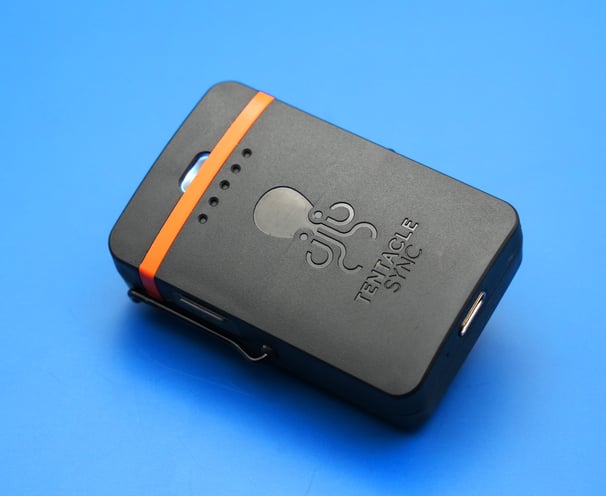

Tentacle Sync are very popular Timecode Lockboxes. Pictured is their Track-E recorder / timecode box
Efficiency in Post-Production
Timecode simplifies the post-production process by enabling editors to quickly locate and synchronize footage. Without timecode, editors would have to manually align audio and video tracks, a time-consuming and error-prone task. With timecode, this process becomes nearly automatic, saving valuable time and reducing the risk of errors.
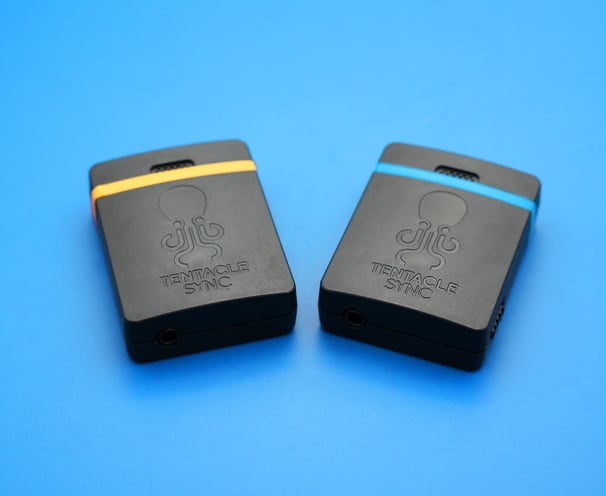

Multi-Camera Shoots
One of the fundamental aspects of filmmaking is achieving precise synchronization between audio and video. Timecode ensures that each frame of video corresponds perfectly with its associated audio, eliminating any potential lip-sync issues. This level of precision is especially crucial for dialogue scenes, where even the slightest delay can be noticeable and distracting to the audience.
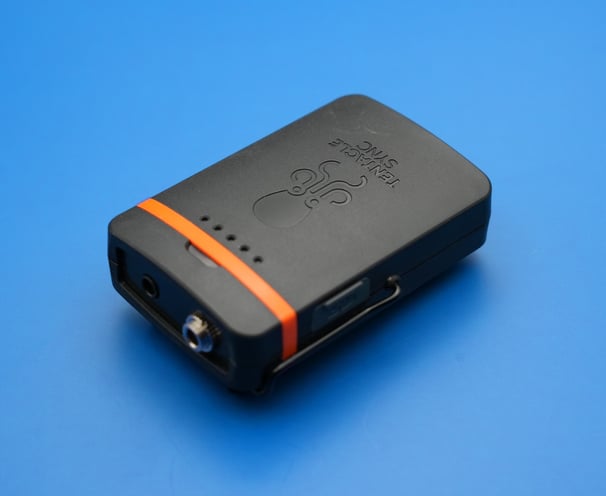

Audio Post-Production
In addition to synchronizing video and audio, timecode plays a vital role in audio post-production. Sound designers and mixers rely on timecode to match specific sounds or music cues with precise moments in the film. This level of synchronization enhances the overall auditory experience for the audience.


Visual Effects and CGI
Filmmakers often incorporate visual effects and computer-generated imagery (CGI) into their projects. Timecode helps VFX artists and animators precisely time their creations to match the live-action footage, ensuring a seamless blend of real and digital elements. Without timecode, achieving this level of integration would be significantly more challenging.
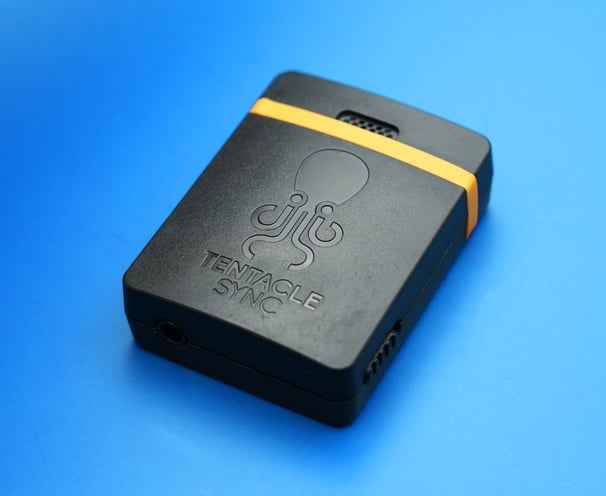

Script Continuity
Timecode is invaluable for script supervisors and continuity editors. They use it to ensure that scenes are shot in the correct order and that any retakes match the timing of previous shots. This meticulous attention to detail maintains the coherence of the narrative and avoids inconsistencies.
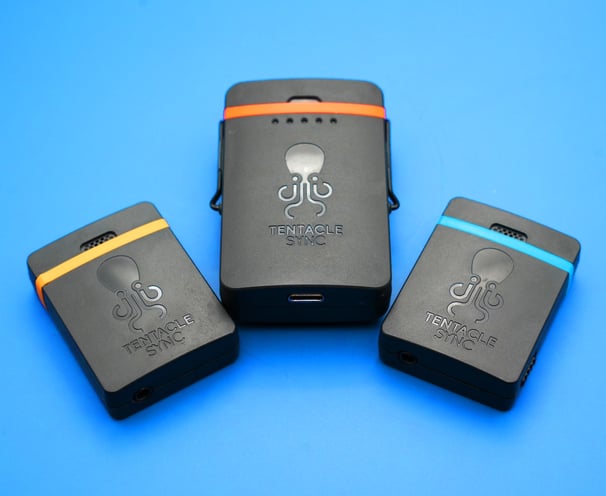

Editing Flexibility
Timecode provides filmmakers with greater flexibility during the editing process. Editors can experiment with different sequences and pacing without losing synchronization between audio and video. This creative freedom allows for a more dynamic and engaging final product.


Conclusion
In the fast-paced and detail-oriented world of filmmaking, timecode stands as a critical tool that enhances precision, efficiency, and creativity. From capturing multiple angles in one take to synchronizing audio and visual effects seamlessly, timecode streamlines the entire production process. Filmmakers who embrace this technology find themselves better equipped to bring their visions to life with a level of precision and artistry that captivates audiences worldwide. Whether you're a seasoned professional or an aspiring filmmaker, recognizing the importance of timecode is a key step toward cinematic success.
